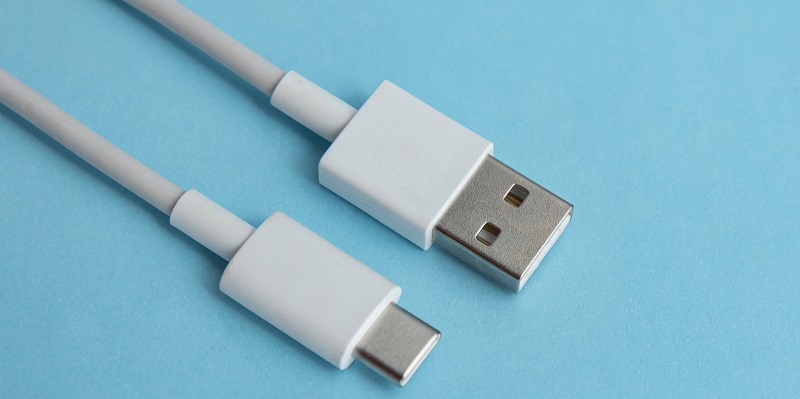The charging port has always been a crucial component of any smartphone, and Apple has long been known for its unique proprietary charging port, the Lightning connector. This distinctive feature has set Apple apart from its competitors, creating a sense of loyalty among iPhone users. However, recent developments in European Union laws and market trends have prompted Apple to make a significant change – transitioning from the Lightning connector to the universally compatible USB-C. This article examines the implications of this decision, the impact on consumers, and the shift towards a more convenient and standardized charging experience.
Importance of Apple’s proprietary charging port
For years, Apple’s Lightning connector has been the cornerstone of its ecosystem, allowing seamless charging and data transfer between Apple devices. This exclusivity has played a pivotal role in building customer loyalty, as users were compelled to purchase Apple products and accessories to ensure compatibility.
Loyalty created by Apple’s charging port exclusivity
The proprietary Lightning port has fostered a strong sense of loyalty and brand attachment among iPhone users. Apple customers often associate the Lightning connector with quality, reliability, and seamless integration with other Apple devices. As a result, switching to a different charging port would not only impact the physical connection but also the emotional bond between Apple and its users.
European Union’s laws on universally compatible cables
The European Union responded to growing concerns over electronic waste and consumer inconvenience by passing regulations requiring phone and audio product manufacturers to adopt universally compatible charging cables, such as USB-C, by the end of 2024. This legislation aims to reduce electronic waste and provide consumers with a simpler charging experience.
Apple’s decision to abandon the Lightning connector and embrace USB-C
In response to these regulations, Apple made the decision to abandon its Lightning connector and incorporate USB-C technology into its future iPhone models. This transformative shift reflects Apple’s commitment to complying with global standards and ensuring a more universal charging experience for consumers.
Positive impact on consumers according to tech expert Trevor Long
Renowned tech expert Trevor Long believes that Apple’s transition to USB-C is a positive development for consumers. The adoption of USB-C technology offers several advantages, including faster charging speeds, improved data transfer rates, and the ability to charge other devices using the same cable. This simplifies the charging experience and eliminates the need for multiple proprietary cables for different devices.
Convenience of using the same cable for all devices
The integration of USB-C across Apple’s iPhone lineup means that users can use the same charging cable for various other devices, such as laptops, headphones, and tablets, further streamlining the consumer experience. This compatibility ensures that customers can switch seamlessly between devices without the hassle of searching for specific chargers.
Alignment with other mobile phone companies using USB-C
By embracing USB-C as its standard charging port, Apple is aligning itself with other major mobile phone manufacturers like Samsung and Oppo, who have already adopted this universal connector. This shift promotes consistency and prevents fragmentation within the smartphone industry, ultimately benefiting customers who may own devices from different brands.
Creation of a universal and convenient charging experience
The shift from the Lightning connector to USB-C aligns with Apple’s commitment to delivering a more universal and convenient charging experience. Consumers no longer need to repurchase accessories or worry about compatibility when switching between Apple and non-Apple devices. This change fosters a more effortless and flexible charging ecosystem.
Significance of Apple’s transition from Lightning connector to USB-C
Apple’s decision to transition from its proprietary Lightning connector to the universally compatible USB-C is a considerable step towards standardization in the smartphone industry. It marks the end of an era dominated by proprietary connections and highlights the growing demand for a unified charging standard capable of serving a variety of devices.
Expectation of change with the release of the new iPhone model
Customers eagerly await the release of the forthcoming iPhone models, which are expected to feature the new USB-C port. This highly anticipated change signifies a new chapter in Apple’s history, emphasizing its commitment to aligning with global charging standards and providing a better charging experience for iPhone users.
In conclusion, Apple’s transition from the Lightning connector to USB-C represents a significant change aimed at simplifying and enhancing the charging experience for iPhone users. This shift aligns with global standards, provides convenience through universal compatibility, and promotes a more streamlined charging ecosystem. As Apple continues to innovate and adapt to evolving market trends, consumers can look forward to a more convenient and standardized charging experience with the release of the new iPhone model.

